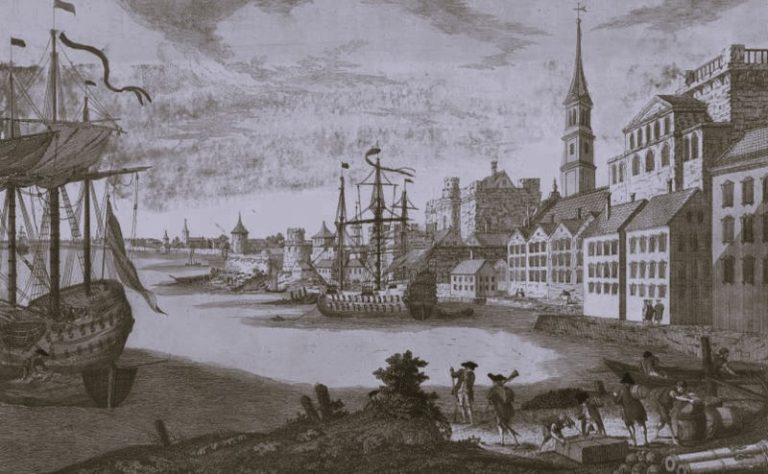

From ancient marine vessels to modern luxury yachts, boaters throughout history have always looked for ways to protect their boats from the nuisance and danger of aquatic life. The purpose of this post is to explore how yesteryear’s boaters kept their ships safe — enter antifouling. Antifouling paint has been used for centuries by seafarers around the world to improve the performance, protection, and efficiency of maritime transport; we’ll be diving into its fascinating origins! Keep reading to discover all about ancient antifouling advancements, including what materials were used in different regions, why it was considered essential knowledge even back then, and much more!
What is antifouling and its importance in boating
Antifouling is a type of coating applied to the bottom of boats to prevent marine organisms from sticking to and growing on it. With regular use, antifouling products can stop build-up that interferes with the smooth flow of water along a vessel’s hull and reduce drag, which can be costly in terms of fuel consumption. Not only that, but antifouling agents are also used to protect boats against corrosion and excessively barnacled bottoms, extending its life by years. With proper maintenance and regular reapplications every few seasons, boat owners can enjoy maximum performance and protection as they explore rivers, lakes, or the open sea.
How ancient civilizations developed innovative techniques to protect their boats
Throughout ancient history, people developed sophisticated techniques to protect their boats. On the Nile, Egyptians used pieces of cedar and fir wood to craft sturdy hulls, much like modern boats, while Mesopotamians spread bundles of reeds over their ships for extra protection. In the Mediterranean, Carthaginians applied shark fat to their vessels as a deterrent against wood-eating sea creatures. Ancient civilizations in East Asia had equally impressive methods: Chinese fleets affixed twelve large stones to the bottoms of their boats while the Polynesian canoe makers used stitches made from coconut fibers and fiber from other plants to make plans so tough that they could survive collisions with coral reefs. It is obvious that our ancestors spent time and energy perfecting these centuries-old building techniques so that they could traverse oceans without worry.
How modern antifouling is revolutionizing the maritime industry
The maritime industry is experiencing a revolution in its antifouling technology. After centuries of manually scraping off barnacles, rust and other marine organisms that accumulate on ships’ hulls, new antifouling systems have changed the game. Now, vessels can keep an efficient speed and performance levels due to the variety of products available in the market. With advanced coatings that are self-cleaning and can even detect areas with extra concentration of fouling, modern anti-fouling helps ships to save money on cleaning expenses and fuel costs by keeping their hulls clear from these issues over extended periods of time. In addition, these systems not only reduce emissions, but also create a better environment for everyone involved in the maritime industry. Humans have been battling marine fouling since ancient times, but affordable antifoul solutions only became widely available in the past few centuries. From copper-based paints to modern biocides, our ancestors devised creative ways to protect their boats from barnacles and other pests. While some of these methods are still being used today, modern boat owners now have a variety of options available that make it easier than ever to keep their boats clean and free of fouling.






